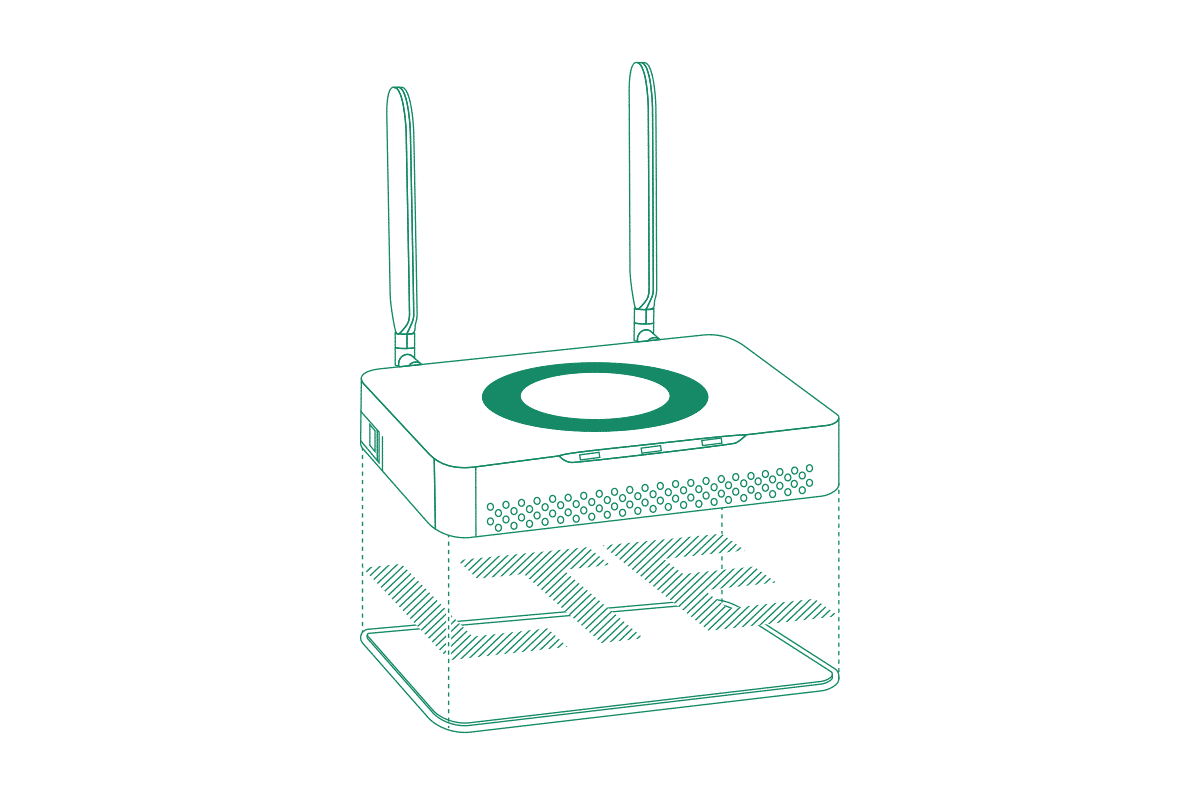Home Archives for Raz Ashkenazi
- SASE
- Platform
- Platform Architecture
- Core Components
Converged single pass processing, purpose built global cloud service, and open data platform.
- Design Principles
360-degree visibility and control, autonomous life cycle and posture management, gradual low risk deployment, and universal management.
- AI and Machine Learning
AI/ML for threat intelligence and unclassified application identification, ML engines for threat prevention and incident criticality, ML models for device classification, and GenAI for productivity.

- Core Components
- Platform Capabilities
- Platform Features
- Platform Architecture
- Security
- Use Cases
- Customers
- Partners
- Managed Services
- Company
- Resources
- SASE
- Platform
- Platform Architecture
- Core Components
Converged single pass processing, purpose built global cloud service, and open data platform.
- Design Principles
360-degree visibility and control, autonomous life cycle and posture management, gradual low risk deployment, and universal management.
- AI and Machine Learning
AI/ML for threat intelligence and unclassified application identification, ML engines for threat prevention and incident criticality, ML models for device classification, and GenAI for productivity.

- Core Components
- Platform Capabilities
- Platform Features
- Platform Architecture
- Security
- Use Cases
- Customers
- Partners
- Managed Services
- Company
- Resources

Raz Ashkenazi
Raz Ashkenazi is a Product Manager at Cato Networks, focusing on networking and cybersecurity solutions. With over five years of experience in the field, Raz has a proven track record of leading engineering teams and developing top-notch products. Before joining Cato Networks, he held leadership positions in various elite units within the Israel Defense Forces (IDF).

The Cato Socket Gets LTE: The Answer for Instant Sites and Instant Backup
Innovate, grow and thrive
With a true SASE platform
With Cato, any organization can reap the full benefits of digital transformation, move at the speed of business, and be ready for whatever’s next.







